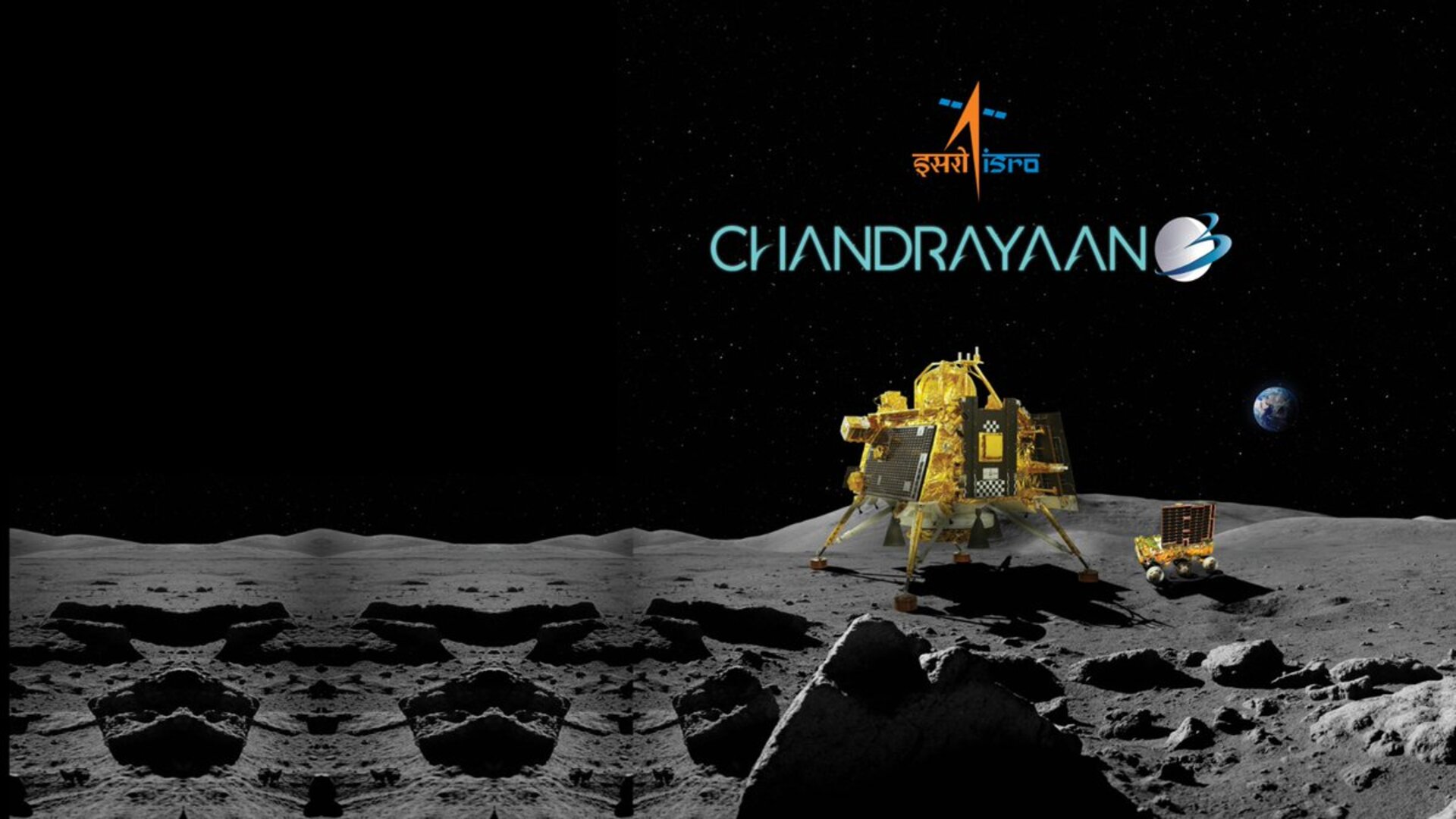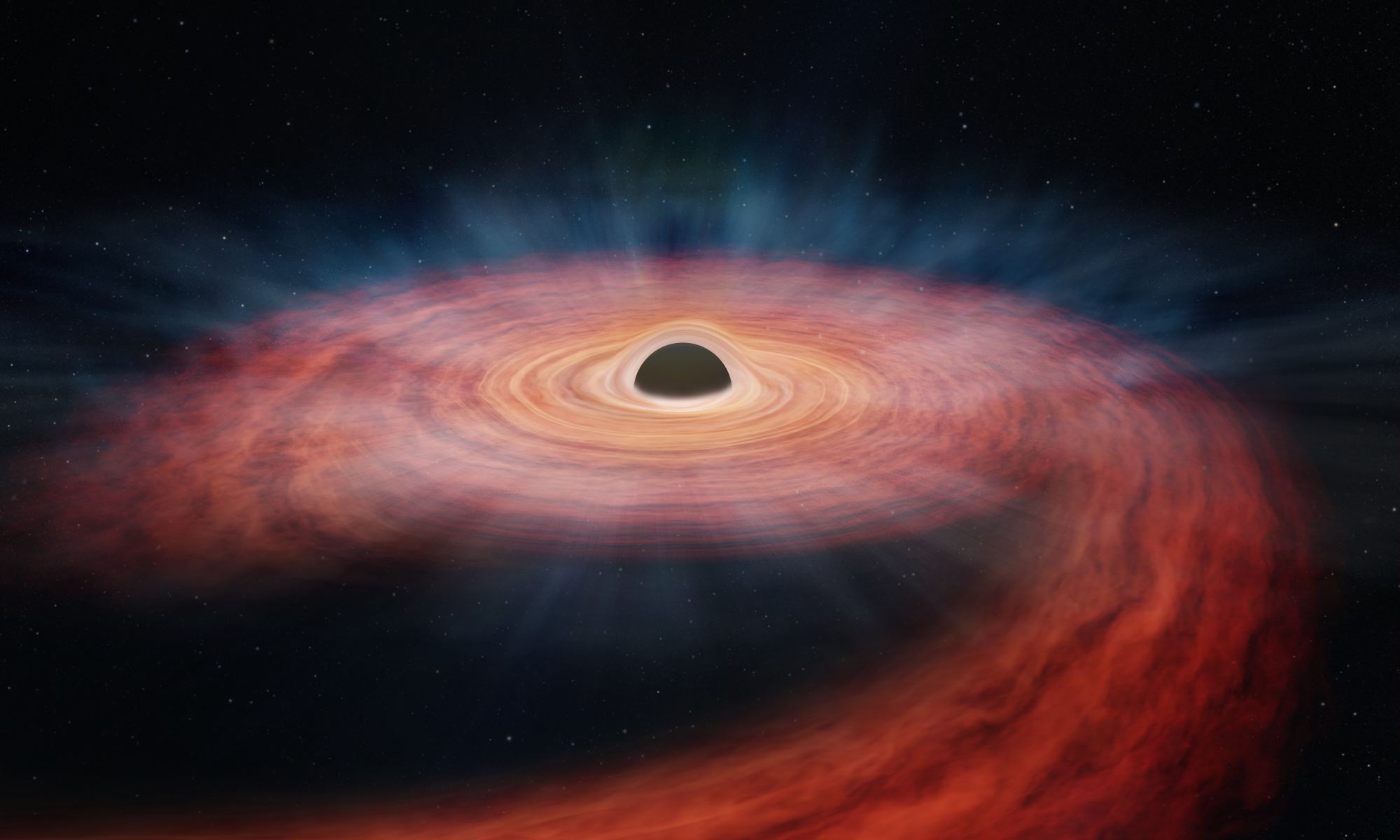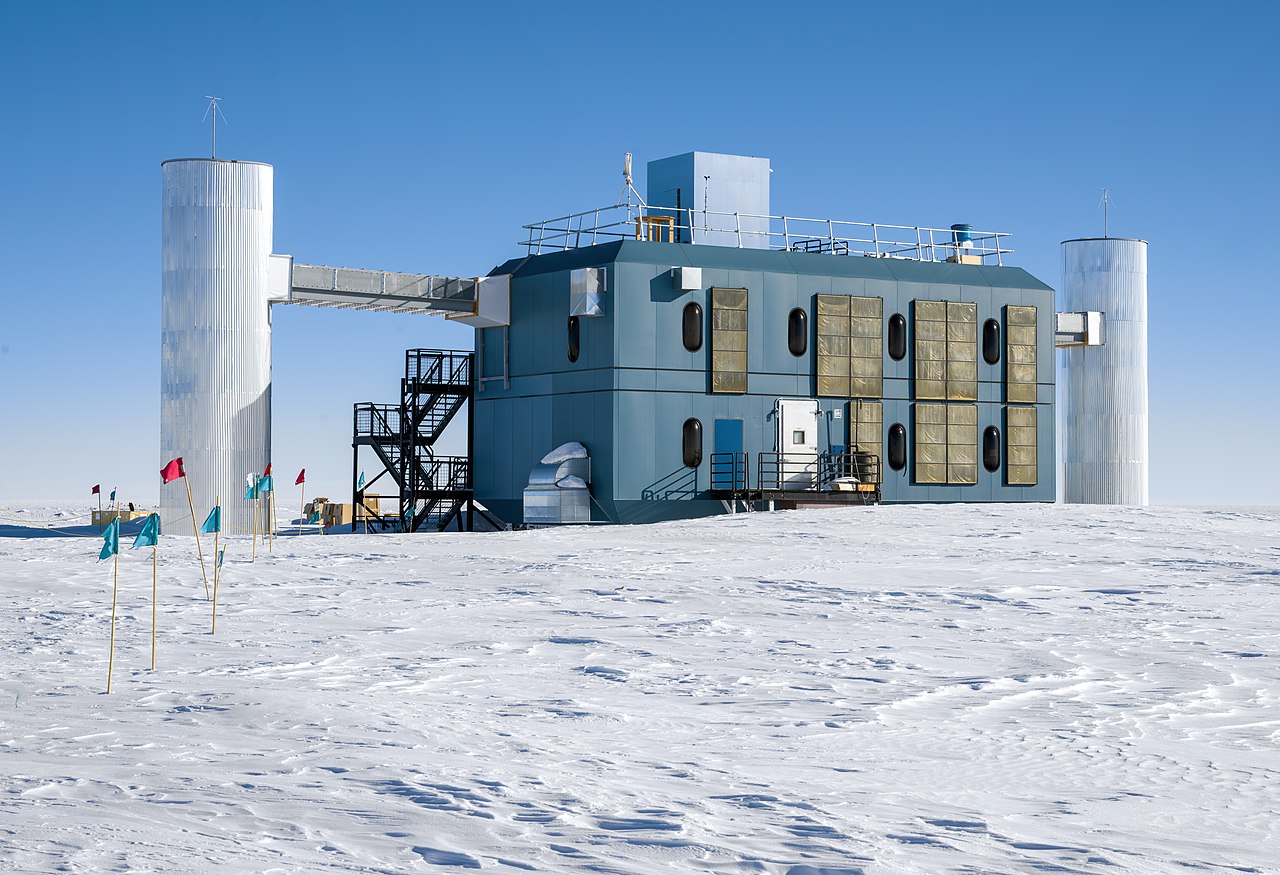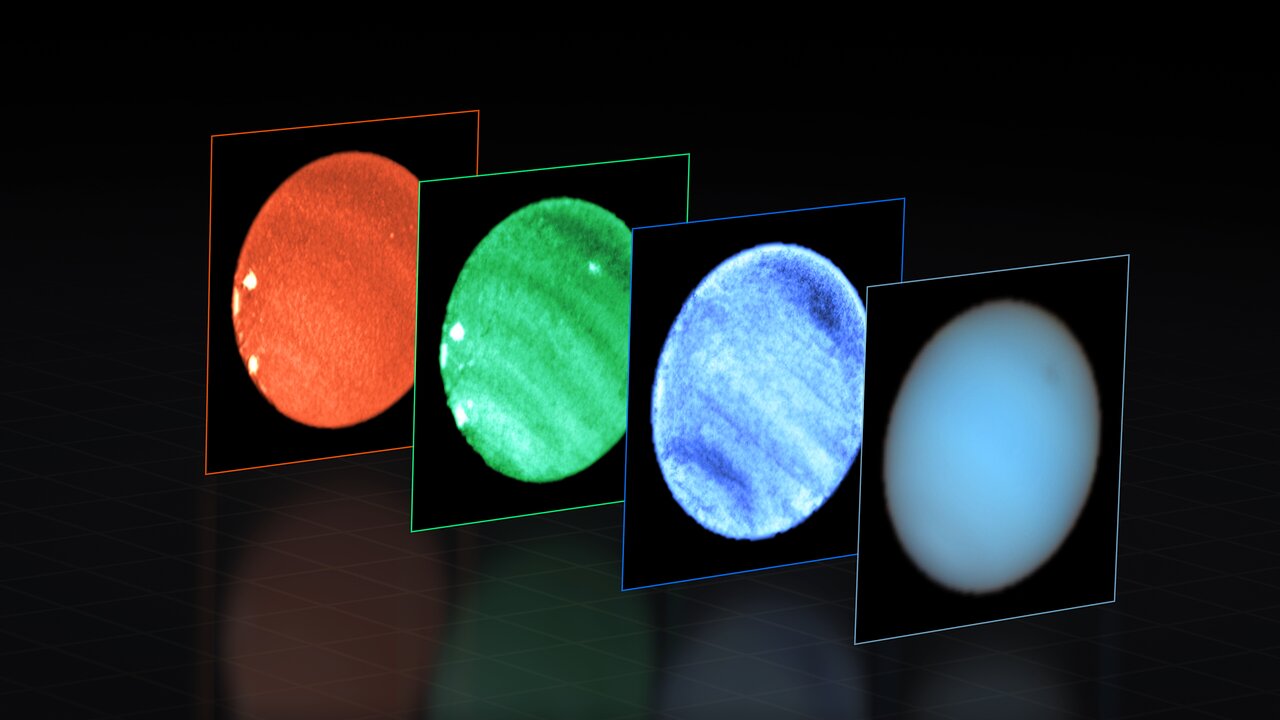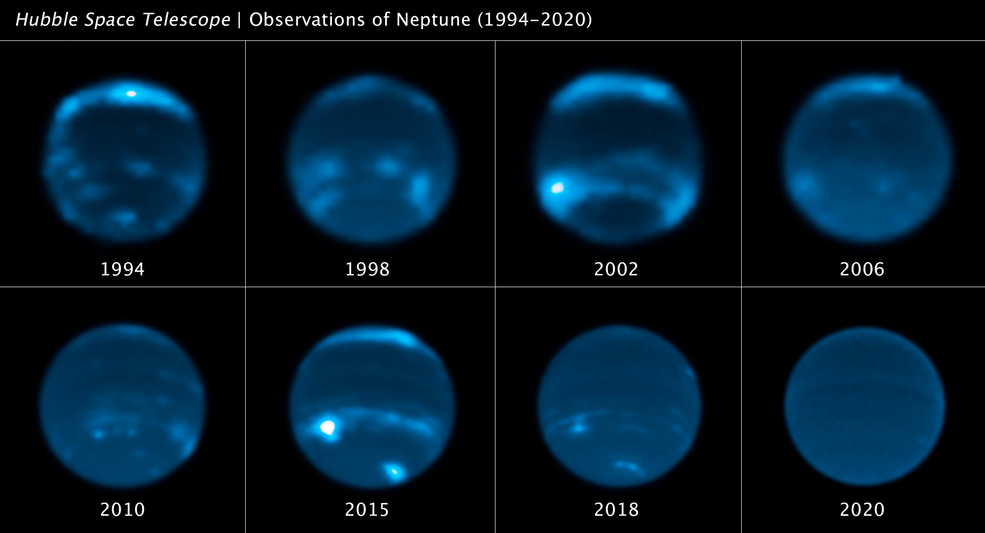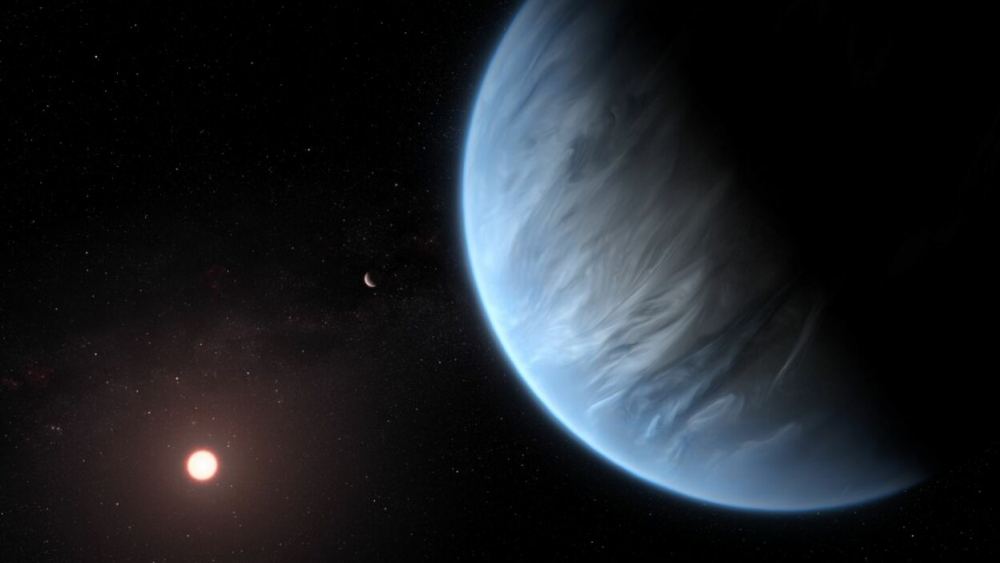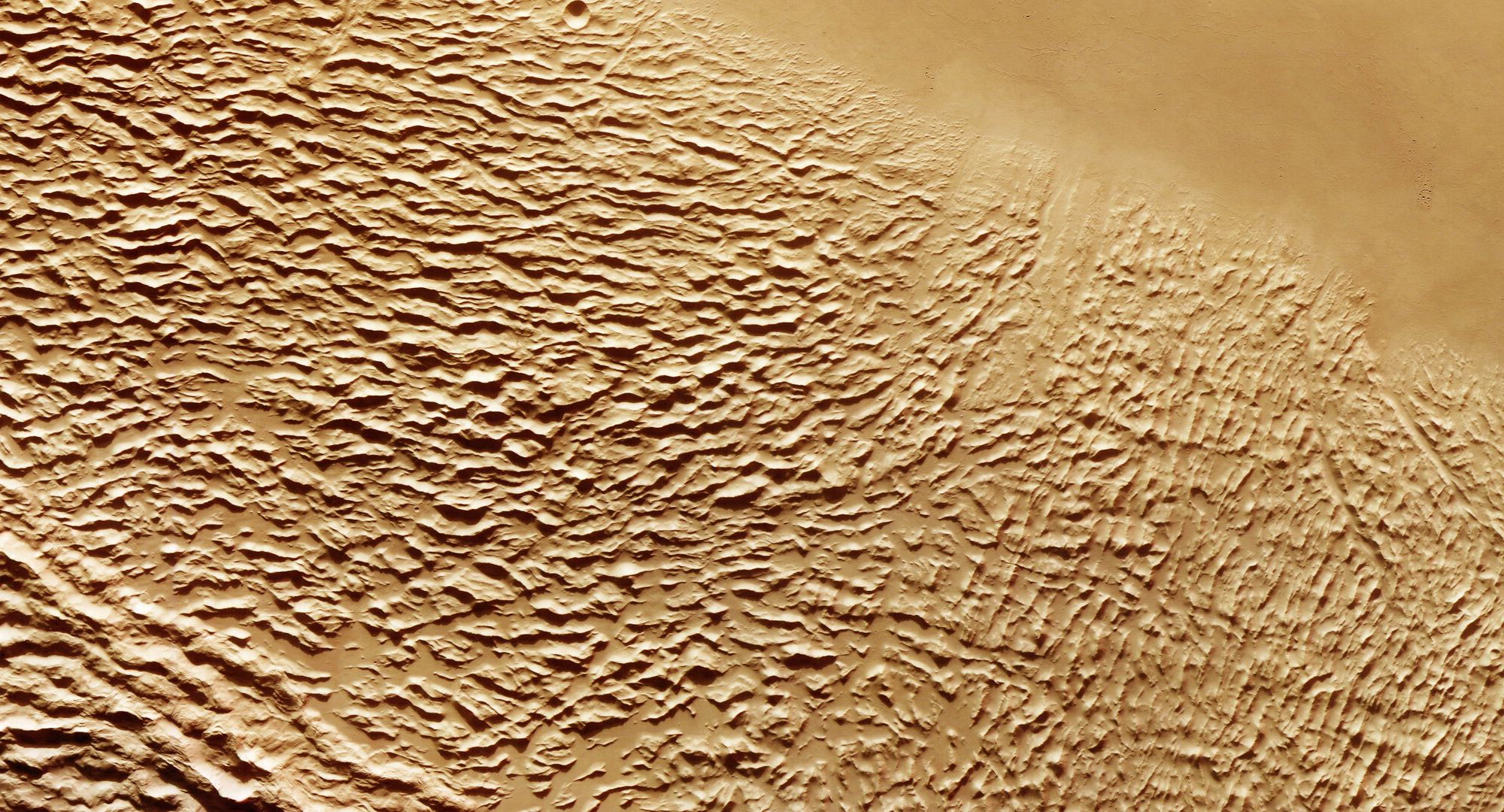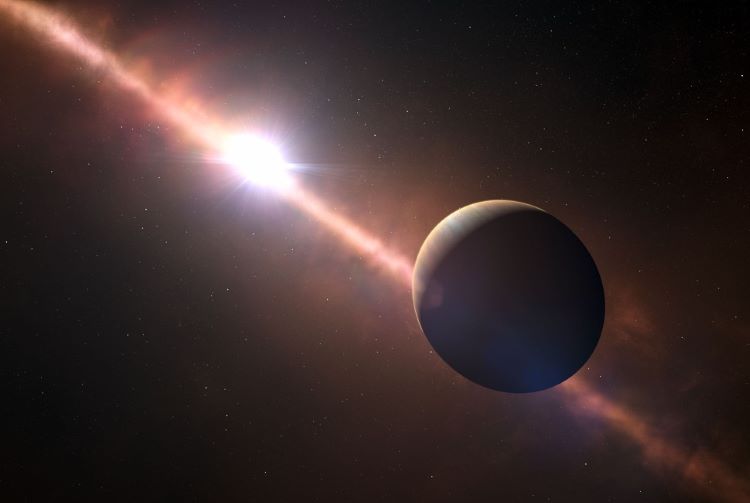On July 14th, 2023, the Indian Space Research Organization (ISRO) launched the third mission in its Chandrayaan (“Moon vehicle” in Hindi) lunar exploration program. Earlier this week (Wednesday, August 23rd), the Chandrayaan-3 mission’s Vikram lander touched down on the far side of the Moon, making India the fourth nation in the world to send missions to the lunar surface and the first to land one near the Moon’s south pole region. Shortly after that, the ISRO announced that they had deployed Pragyan, the rover element of the mission, to the surface.
Continue reading “India's Rover Rolls Out Onto the Lunar Surface”India's Rover Rolls Out Onto the Lunar Surface
